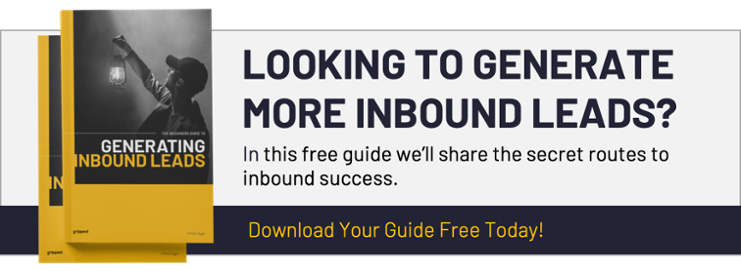All modern businesses understand the importance of a well-conceived, comprehensive marketing strategy. However, some are unsure of what it should consist of; others falter in implementing it.
An ideal marketing strategy is one that includes the best of traditional and modern marketing methods. Traditional marketing is outbound and push-based, whereas inbound marketing, which is largely web-oriented, is pull-based. Integrating them will help leverage the advantages of both, as well as offset their disadvantages.
Section 1:
Inbound marketing: pros and cons
Inbound marketing attracts prospects to your website, engages them with great content, and delights them. It’s up-to-date, and easier to access and measure. You can track customers and analyze trends. It’s non-intrusive and also facilitates impactful interactions. According to HubSpot’s State of Inbound 2018, inbound marketing is now a global methodology.
Article continues below.
It can be time-consuming, and success may not be easy. You might be left behind if you are unaware of the latest developments or can’t keep up with them. It’s also hard to be noticed among thousands of brands. Since your efforts are in the public domain, negative responses may discourage you.
Section 2:
Traditional marketing: merits and demerits
Traditional or outbound marketing can vary from trade shows, to cold calling and advertising, to product collateral. It’s more direct and has reach. Hence, it’s been traditionally successful.
However, such marketing tactics are expensive and intrusive. Its success rate is harder to track. Also, it’s difficult to target a specific audience using traditional marketing.
Section 3:
How to integrate traditional and inbound marketing
To stand out among the crowd, you must integrate inbound and traditional marketing strategies. The following are some methods you can use to do so.
Add Digital Components to Trade Shows
Digital components can make trade shows more interesting and draw more prospective customers. Trade shows are an effective method of introducing your products and services to customers and making valuable connections.
For example, you can send emails to your contacts informing them of your booth location and activities. You can also promote the show on social media.
When trade shows end, follow up via emails and social media, or meet with your prospective customers to retain their interest.
Use Videos in Multiple Channels
Traditional methods, such as blog articles and thought leadership, catch the attention of a wider audience and foster brand awareness. Convert their format to suit various digital channels, and promote them on YouTube, Facebook or Instagram to increase your subscribers and drive more traffic to your website.
Article continues below.
Drive Prospects from Offline to Online and Vice Versa
Include your website, social media accounts, and email address in all offline channels so that customers visit your website or landing page, or send queries to your email, or connect with you via social media. Promote free trials, discounts and price promotion using traditional methods.
Similarly, mentioning your physical location and contact details on your website, social media profiles and your email signature will ensure greater exposure and build trust.
Reuse Printed Content on Online Channels
Repurpose your printed promotion content for online use. For example, sales collateral can be used in new email marketing campaigns, and articles in print media can be reused as blog posts.
Mix Account-Based Tactics with Your Inbound Efforts
Although account-based marketing (ABM) tactics are traditional, your efforts will be extremely customer-centric if you pair them with inbound methods. For example, if you target potential customers and deliver content relevant to them at the right time, they will surely engage with your company and brand.
Using inbound marketing with targeted traditional tactics like ABM create quality interactions rather than quantity. They help to zero in on a select audience, build relevant relationships, and turn them into customers. This improves your marketing and consequently, your bottom line.


